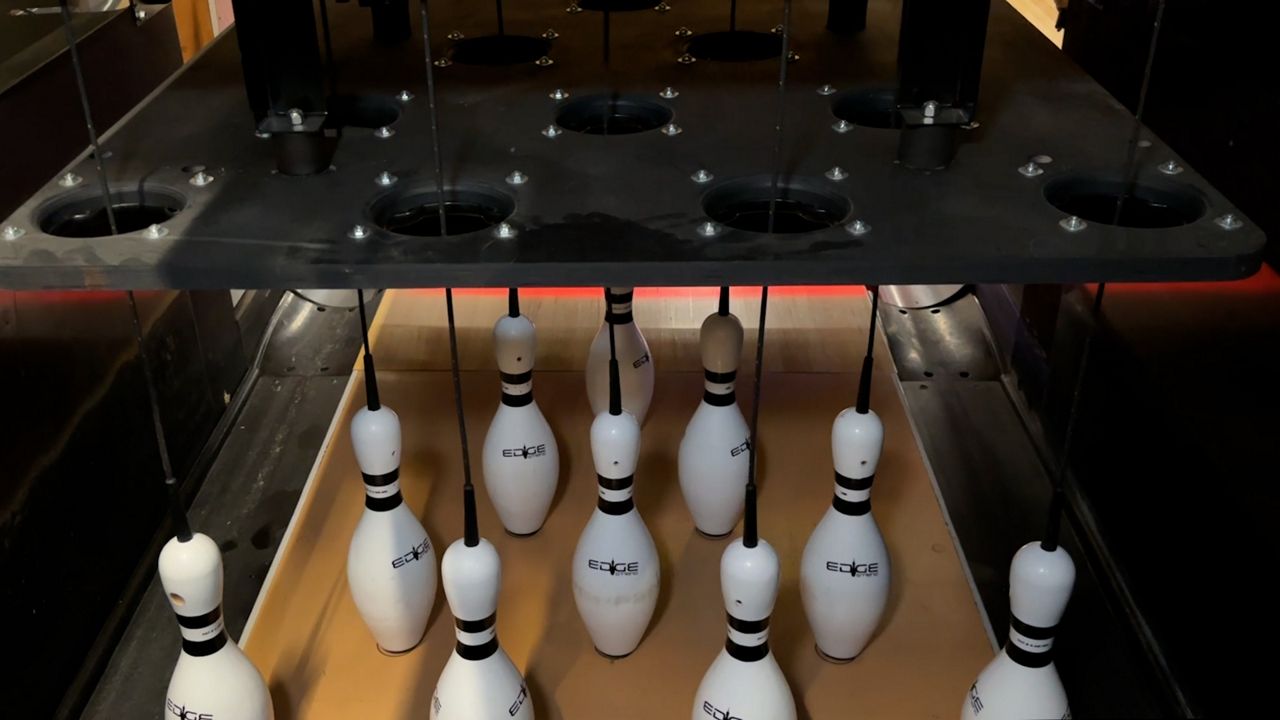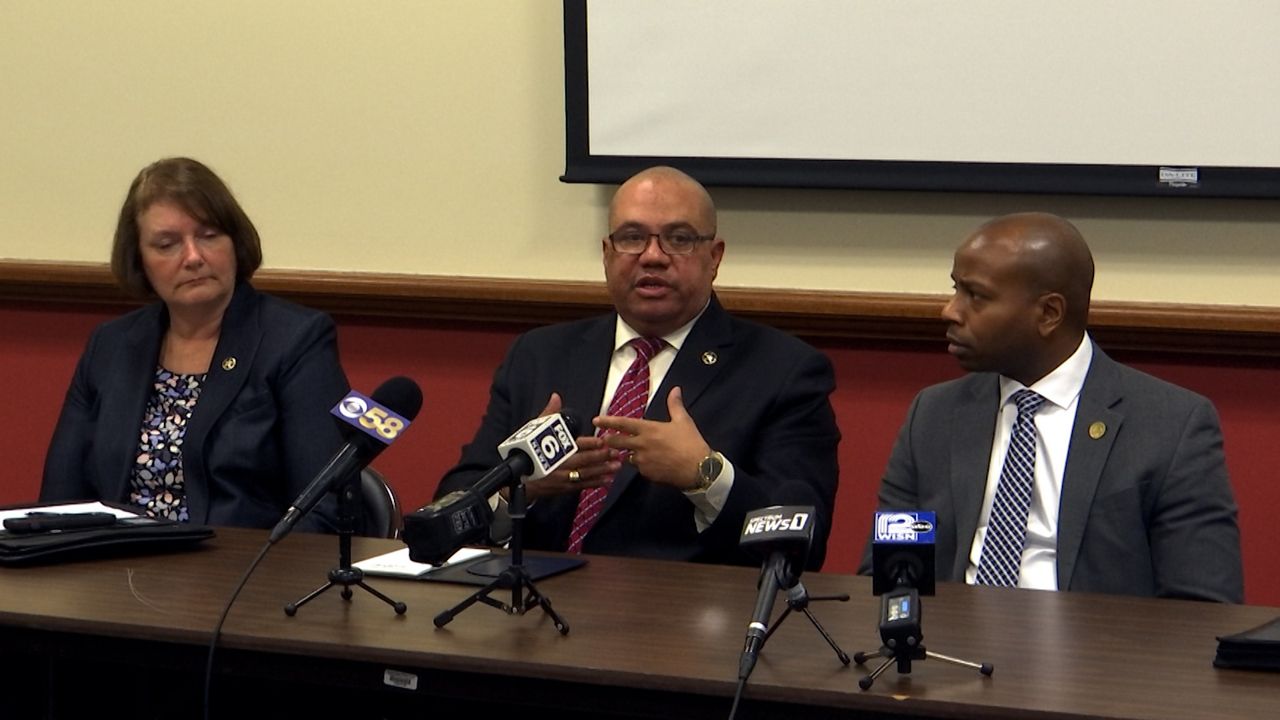NEW LONDON, Wis. — New London’s Mary Swifka said her efforts over the past 30 years have paid off. Swifka and her husband spent the last three decades turning their lawn into a haven for native plants and wildlife.
“I don’t know a lot of people who care to weed, but I feel good when I can tidy up things and give the native plants a chance at thriving,” she said while pulling invasive plants from her lawn.
Swifka is a member of the Fox Valley chapter of Wild Ones. That’s a group that promotes the same kind of gardening methods she uses as a way to promote biodiversity.
“Native plants have co-evolved over the eons with all of the animals that use them - whether the animals eat them, whether they mate on them, whether they pollinate them - and if we don’t have native plants we have less diversity, fewer insects, potentially fewer of other wildlife,” Swifka said.
She said her efforts have been successful. Her lawn and yard have native plants everywhere, accompanied by countless species of insects, birds and other animals flying or running around.
“We’re caring for our pollinators, we’re caring for the birds that nest in the backyard, for the raccoon that comes out of the woods and has corn from our bird feeder,” Swifka said. “We’re trying to keep all the connections intact.”
She said she hopes other families consider turning their lawns into similar looking patches of land.
“It’s hard work that’s for sure, but it’s not anymore difficult or anymore time consuming than the time and money people put into maintaining their turf grass to look like a golf course,” Swifka said.
She said in her mind there’s no better way to garden.










